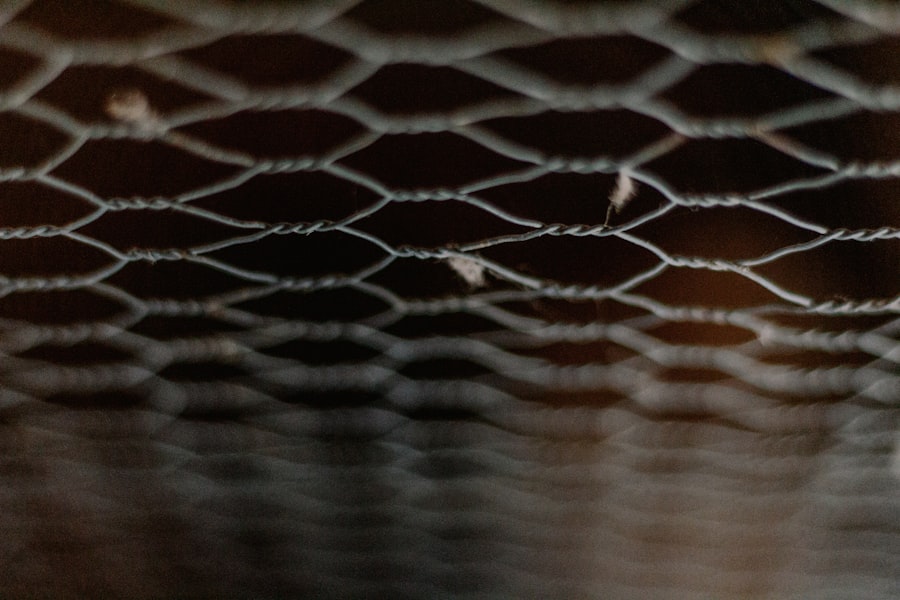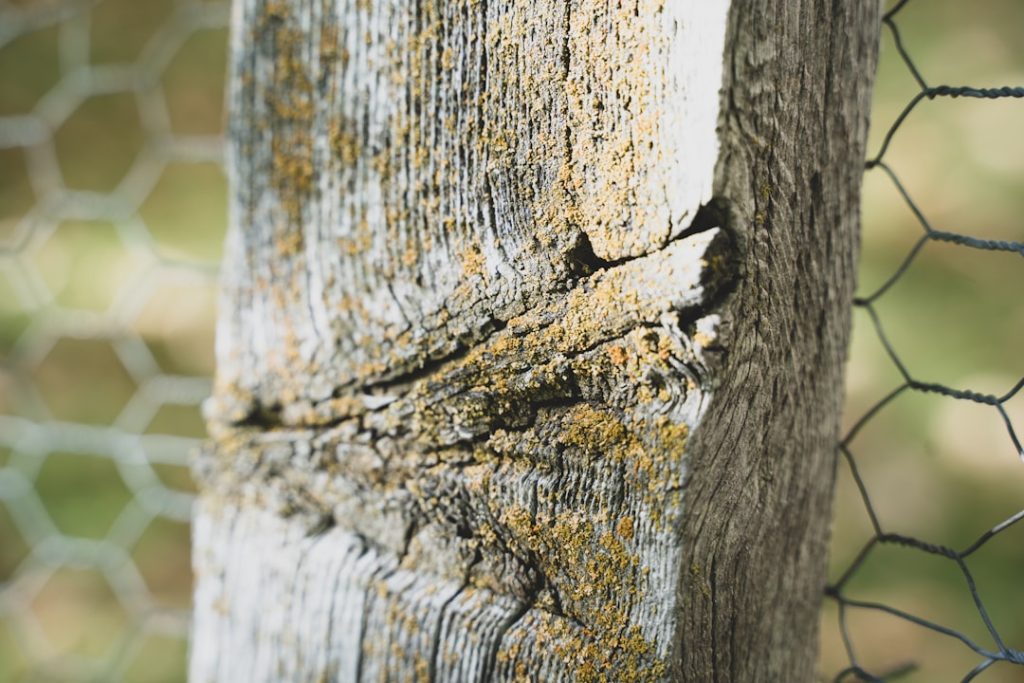Chickens are social and inquisitive animals with natural foraging instincts. They are attracted to areas rich in insects, seeds, and other food sources, such as gardens and flower beds. Chickens have a tendency to roost in elevated locations at night, which may include outdoor furniture or vehicles.
They are easily startled by sudden movements and loud noises, often responding with flight or agitation. Understanding chicken behavior is crucial for implementing effective and humane deterrent strategies. Their strong social bonds within a flock, combined with their foraging instincts, influence their daily activities and habitat preferences.
Recognizing these behavioral patterns allows for the development of appropriate methods to discourage chickens from accessing unwanted areas without causing undue stress or harm. Effective chicken deterrence requires a balance between addressing their natural instincts and protecting specific areas from damage or disturbance. By considering the chickens’ well-being and applying knowledge of their behavior, it is possible to create solutions that are both humane and effective in managing their presence in undesired locations.
Table of Contents
- 1 Installing a Physical Barrier
- 2 Using Visual Deterrents
- 3 Implementing Sound Deterrents
- 4 Creating a Safe and Comfortable Roosting Area
- 5 Providing Adequate Food and Water
- 6 Regularly Monitoring and Adjusting Strategies
- 7 FAQs
- 7.1 What are some effective methods for keeping chickens off the top of the coop?
- 7.2 Why is it important to keep chickens off the top of the coop?
- 7.3 How can a slanted roof help keep chickens off the top of the coop?
- 7.4 What are some visual deterrents that can be used to keep chickens off the top of the coop?
- 7.5 Are there any natural deterrents that can be used to keep chickens off the top of the coop?
Key Takeaways
- Chickens are naturally curious and can be easily startled, so understanding their behavior is crucial in deterring them from unwanted areas.
- Installing a physical barrier such as a fence or netting can effectively keep chickens out of specific areas.
- Visual deterrents like scarecrows or reflective objects can help deter chickens by making them feel threatened or uncomfortable.
- Implementing sound deterrents such as motion-activated alarms or clanging noises can startle chickens and discourage them from entering certain areas.
- Creating a safe and comfortable roosting area for chickens can help prevent them from wandering into unwanted areas in search of shelter.
- Providing adequate food and water for chickens can help keep them satisfied and less likely to venture into unwanted areas in search of resources.
- Regularly monitoring and adjusting deterrent strategies is important to ensure their effectiveness in keeping chickens away from unwanted areas.
Installing a Physical Barrier
Physical Barriers: An Effective Deterrent
One effective way to deter chickens from certain areas is by installing a physical barrier. This can be done using fencing, netting, or other materials that prevent the chickens from accessing the area. When choosing a physical barrier, it’s important to consider the size and agility of the chickens, as well as the specific area you want to protect.
Choosing the Right Barrier for the Job
For example, if you want to keep chickens out of a garden or flower bed, you may need to install a fence with small gaps or mesh to prevent them from squeezing through. If you want to protect outdoor furniture or vehicles from roosting chickens, you may need to use netting or covers to create a barrier.
Benefits of Physical Barriers
Installing a physical barrier is an effective way to deter chickens from unwanted areas. Fencing, netting, or other materials can prevent the chickens from accessing the area and causing damage.
Using Visual Deterrents

Visual deterrents can be an effective way to discourage chickens from certain areas. These can include scarecrows, reflective objects, or predator decoys that create the illusion of danger and make the chickens feel unsafe. Scarecrows can be placed in gardens or other areas where chickens are causing damage, while reflective objects such as shiny tape or CDs can be hung near roosting spots to startle the chickens with sudden movements and flashes of light.
Predator decoys, such as fake owls or hawks, can also be effective in deterring chickens by triggering their natural fear response. Visual deterrents can be an effective way to discourage chickens from certain areas. Scarecrows, reflective objects, and predator decoys create the illusion of danger and make the chickens feel unsafe.
Scarecrows can be placed in gardens or other areas where chickens are causing damage, while reflective objects such as shiny tape or CDs can be hung near roosting spots to startle the chickens with sudden movements and flashes of light. Predator decoys, such as fake owls or hawks, can also be effective in deterring chickens by triggering their natural fear response.
Implementing Sound Deterrents
Sound deterrents can also be used to discourage chickens from unwanted areas. Loud noises or sudden sounds can startle chickens and make them feel unsafe, prompting them to leave the area. This can be achieved using devices such as motion-activated alarms, ultrasonic repellents, or even simply clapping hands or banging pots and pans when chickens are present.
It’s important to use sound deterrents sparingly and considerately, as excessive noise can cause stress and anxiety for the chickens. Sound deterrents can be an effective way to discourage chickens from unwanted areas. Loud noises or sudden sounds can startle chickens and make them feel unsafe, prompting them to leave the area.
This can be achieved using devices such as motion-activated alarms, ultrasonic repellents, or even simply clapping hands or banging pots and pans when chickens are present. It’s important to use sound deterrents sparingly and considerately, as excessive noise can cause stress and anxiety for the chickens.
Creating a Safe and Comfortable Roosting Area
Providing chickens with a safe and comfortable roosting area is essential in preventing them from seeking out alternative roosting spots on outdoor furniture or vehicles. This can be achieved by installing designated roosting poles or structures within their coop or run that provide a secure and elevated space for them to perch at night. Ensuring that the roosting area is clean, dry, and free from drafts will also encourage the chickens to use it regularly.
Creating a safe and comfortable roosting area for chickens is essential in preventing them from seeking out alternative roosting spots on outdoor furniture or vehicles. This can be achieved by installing designated roosting poles or structures within their coop or run that provide a secure and elevated space for them to perch at night. Ensuring that the roosting area is clean, dry, and free from drafts will also encourage the chickens to use it regularly.
Providing Adequate Food and Water

Meeting Chickens’ Basic Needs
Providing regular meals and fresh water within their designated feeding area is crucial in satisfying their natural instinct to forage.
Preventing Unwanted Foraging
By doing so, you can discourage chickens from seeking out alternative sources of food in gardens or flower beds, which can be detrimental to your landscaping efforts.
Designated Feeding Area
It is essential to provide adequate food and water for chickens within their designated feeding area to prevent them from venturing out in search of sustenance.
Regularly Monitoring and Adjusting Strategies
It’s important to regularly monitor the effectiveness of your deterrent strategies and make adjustments as needed. Chickens may become accustomed to certain deterrent methods over time, so it’s important to switch things up occasionally to keep them on their toes. Additionally, observing their behavior and identifying any new areas of concern will help you stay proactive in deterring them from causing damage or creating a nuisance.
Regularly monitoring the effectiveness of your deterrent strategies is essential in deterring chickens from causing damage or creating a nuisance. Chickens may become accustomed to certain deterrent methods over time, so it’s important to switch things up occasionally to keep them on their toes. Additionally, observing their behavior and identifying any new areas of concern will help you stay proactive in deterring them from causing damage or creating a nuisance.
In conclusion, understanding the behavior of chickens is crucial in finding effective ways to deter them from unwanted areas. Installing physical barriers, using visual and sound deterrents, providing a safe roosting area, and ensuring adequate food and water are all important strategies in preventing chickens from causing damage or creating a nuisance. Regularly monitoring the effectiveness of these strategies and making adjustments as needed will help ensure that your efforts are successful in deterring chickens from unwanted areas.
If you’re looking for more tips on keeping chickens, you might be interested in this article on how to create the perfect nest box for your chicken coop. It’s important to provide a comfortable and safe environment for your chickens, and a well-designed nest box can help with that.
FAQs
What are some effective methods for keeping chickens off the top of the coop?
Some effective methods for keeping chickens off the top of the coop include installing a slanted roof, using deterrents such as spikes or wire mesh, providing alternative roosting spots, and using visual deterrents such as scarecrows or reflective objects.
Why is it important to keep chickens off the top of the coop?
It is important to keep chickens off the top of the coop to prevent damage to the roof, reduce the risk of injury to the chickens from falling, and to maintain a clean and sanitary coop environment.
How can a slanted roof help keep chickens off the top of the coop?
A slanted roof can help keep chickens off the top of the coop by making it difficult for them to perch or roost on the roof. The angle of the roof makes it uncomfortable for the chickens to balance and stay on top.
What are some visual deterrents that can be used to keep chickens off the top of the coop?
Visual deterrents such as scarecrows, reflective objects like CDs or mirrors, and motion-activated devices can be used to discourage chickens from roosting on the top of the coop.
Are there any natural deterrents that can be used to keep chickens off the top of the coop?
Some natural deterrents that can be used to keep chickens off the top of the coop include planting thorny bushes or shrubs around the coop, using citrus peels or essential oils with strong scents, and introducing predator decoys or sounds.
Meet Walter, the feathered-friend fanatic of Florida! Nestled in the sunshine state, Walter struts through life with his feathered companions, clucking his way to happiness. With a coop that’s fancier than a five-star hotel, he’s the Don Juan of the chicken world. When he’s not teaching his hens to do the cha-cha, you’ll find him in a heated debate with his prized rooster, Sir Clucks-a-Lot. Walter’s poultry passion is no yolk; he’s the sunny-side-up guy you never knew you needed in your flock of friends!







